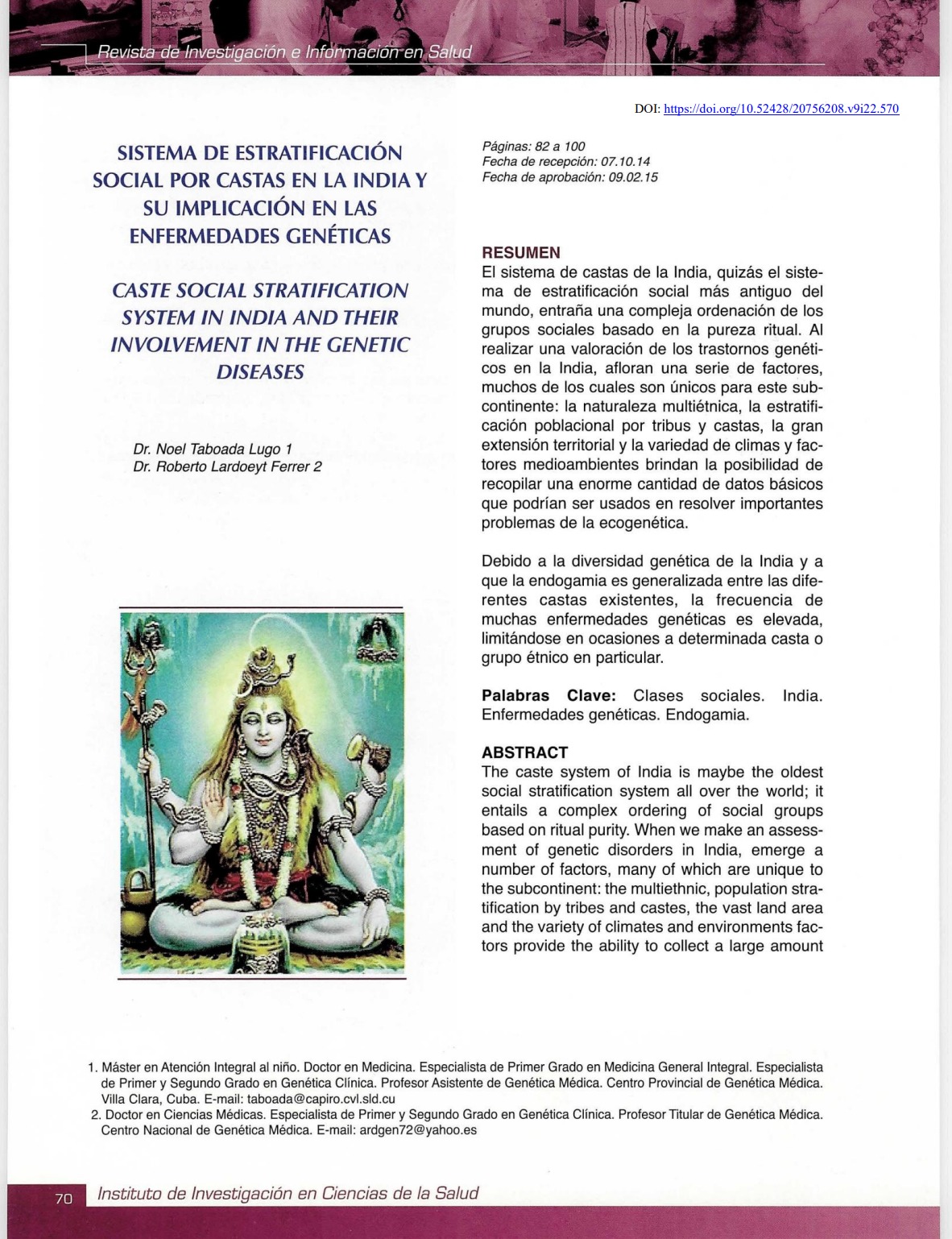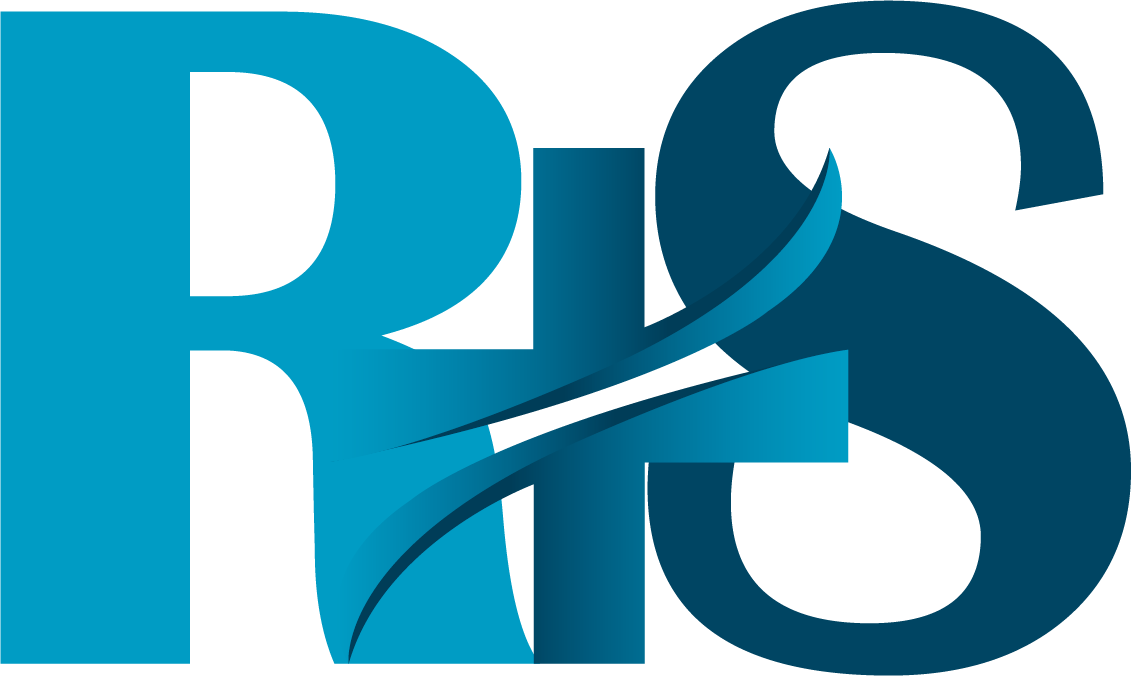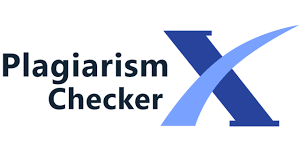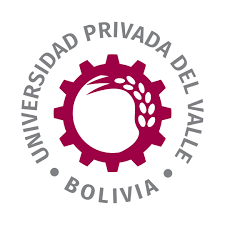Sistema de Estratificación Social por Castas en La India y su Implicación en las Enfermedades Genéticas
DOI:
https://doi.org/10.52428/20756208.v9i22.570Palabras clave:
Clases sociales, India, Enfermedades genéticas, EndogamiaResumen
El sistema de castas de la India, quizás el sistema de estratificación social más antiguo del mundo, entraña una compleja ordenación de los grupos sociales basado en la pureza ritual. Al realizar una valoración de los trastornos genéticos en la India, afloran una serie de factores, muchos de los cuales son únicos para este subcontinente: la naturaleza multiétnica, la estratificación poblacional por tribus y castas, la gran extensión territorial y la variedad de climas y factores medioambientes brindan la posibilidad de recopilar una enorme cantidad de datos básicos que podrían ser usados en resolver importantes problemas de la ecogenética. Debido a la diversidad genética de la India y a que la endogamia es generalizada entre las diferentes castas existentes, la frecuencia de muchas enfermedades genéticas es elevada, limitándose en ocasiones a determinada casta o grupo étnico en particular.
Descargas
Citas
AGÚNDEZ D. Castas. [Internet] 2008. [Citado 8 Noviembre 2013]. Disponible en: http://www.agundez.net/castas/215/
KINGSLEY D. Casta, clase y estratificación en la sociedad humana. Buenos Aires: Eudeba; 1978. p. 355-382,
GRUSKY DB. Social stratification, class, race and gender in sociological perspectiva. Boulder: Westview Press, 1992.
ROYCHOUDHURY S, ROY S, BASU A, BANERJEE R, VISHWANATHAN H, USHA MV, ET AL Genomic structures and population histories of linguistically distinct tribal groups of India. Hum Genet 2001, 109(3) :339-350. https://doi.org/10.1007/s004390100577
BAMSHAD M, KIVISILD T, WATKINS WS, DIXON ME, RICKER CE, RAO BB, ET AL Genetic evidence on the origins of lndian caste populations, Genome Res 2001, 11(6):994-1004. https://doi.org/10.1101/gr.GR-1733RR
MAJUMDER PP. Ethnic populations of India as seen from an evolutionary perspective. J Biosci 2001, 26(4 Suppl):533-545.
https://doi.org/10.1007/BF02704750
CORDAUX R, SAHA N, BENTLEY G, AUNGER R, SIRAJUDDIN S, STONEKING M. Mitochondrial DNA analysis reveals diverse histories of tribal populations from India. Eur J Hum Genet 2003, 3:253- 264. https://doi.org/10.1038/sj.ejhg.5200949
REICH D, THANGARAJ K, PATTERSON N, PRICE AL, SINGH L Reconstructing lndian population hístory, Nature.2009; 461: 489-494.
https://doi.org/10.1038/nature08365
BEGOM R, SINGH RB. Prevalence of coronary artery disease and its risk factors in the urban population of South and North India. Acta Cardiol. 1995; 50(3):227-40.
COLORDO D. Mutación Genética en los hindúes predisponen problemas al corazón, [Internet] 2010. [Citado 8 Noviembre 2013], Disponible en: http://www.absolut-india.com/mutacion-genetica-en-loshindues-predisponen-problemas-al-corazon/
GARG PR, KABITA S, SINGH HS, SARASWATHY KN, SINHA E, KALLAAK, CHONGTHAM DS, ET AL Differences in conventional cardiovascular risk factors in two ethnic groups in India, Ethn Dis, 2012; 22(3):372-6,
DHANDAPANY PS, SADAYAPPAN S, XUE Y, POWELL GT, RANI DS, NALLARI P, ET AL A common MYBPC3 (cardiac myosin binding protein C) variant associated with cardiomyopathies in South Asia. Nat Genet 2009; 41 (2):187-91. https://doi.org/10.1038/ng.309
RANGARAJU A, RANI DS, SATYANARAYANA M, CALAMBUR N, SWAPNA N, NALLARI P. Genetic variations of a-cardiac actin and cardiac muscle LIM protein in hypertrophic cardiomyopathy in South India. Exp Clin Cardlol, 2012; 17(1):26-9.
FUNDACIÓN VICENTE FERRER. La diabetes mata cerca de un millón de personas cada año en la India. [Internet] Mar 2012 [Citado 1 4 Die 2012]. Disponible en: http://www.fundacionvicenteferrer.org/es/noticias/la-diabetes-mata-cerca-de-un-millon-de-personas-cada-ano-en-la-india
SINGH RB, RASTOGI SS, RAO PV, DAS S, MADHU SV, DAS AK, ET AL. Die! and lifestyle guidelines and desirable levels of risk factors far the prevention of diabetes and its vascular complications in lndians: a scientific statement of The lnternational College of Nutrition. lndian Consensus Group far the Prevention of Diabetes. J Cardiovasc Risk. 1997; 4(3):201-8. https://doi.org/10.1097/00043798-199706000-00007
https://doi.org/10.1177/174182679700400307
SRINIVASULU K. Gaste, Class and Social Articulation in Andhra Pradesh: Mapping Differential Regional Trajectories. [Internet] Sep 2002. [Citado 8 Noviembre 2013]. Disponible en: http://www.odi.org.uk/sites/odi.org.uk/files/odi-assets/publications-opinion-files/2692.pdf
BAMSHAD M, FRALEY AE, CRAWFORD MH, CANN RL, BUSI BR, NAIDU JM, JORDE LB. DNA variation in caste populations of Andhra Pradesh, India. Hum Biol. 1996 Feb; 68(1 ):1-28.
TALUKDER G, SHARMAA. Genetic diseases in lndia-Present status. Proc lndian Natn Sci Acad. 1979; 45(4): 273-301
JAIN DL, SARATHI V, UPADHYE D, GULHANE R, NADKARNI AH, GHOSH K, COLAH RB. Newborn screening shows a high incidence of sickle cell anemia in Central lndia.Hemoglobin. 2012; 36(4):316-22. Epub 2012 Jun 19. https://doi.org/10.3109/03630269.2012.691434
VERMA IC. Burden of genetic disorders in India. lndian J Pediatr. 2000 Dec; 67(12):893-8. Erratum in: lndian J Pediatr 2001; 68(1):25.
https://doi.org/10.1007/BF02723953
BALGIR RS. Community expansion and gene geography of sickle cell trait and G6PD deficiency, and natural selection against malaria: experience from tribal land of India. Cardiovasc Hematol Agents Med Chem. 2012; 10(1):3-13. https://doi.org/10.2174/187152512799201190
SINGH N, DASH AP, THIMASARN K. Fighting malaria in Madhya Pradesh (Central India): Are we loosing the battle? Malaria Journal. [Internet] May 2002. [Citado 8 Noviembre 2013]. Disponible en :http ://www. malariajou rnal .com/content/8/1 /93
https://doi.org/10.1186/1475-2875-8-93
PAPIHA SS. Genetic variation in India. Hum Biol 1996,68(5):607-628.
BADADANI M, SHETTY KT, AGARWAL S. Hypocalcitonemia in Handigodu Disease: a spondylo epi (meta) physeal dysplasia. lnt J Clin Exp Med. 2010; 3(2):115-21.
TAKSANDE A, VILHEKAR K, CHATURVEDI P, JAIN M. Congenital malformations al birth in Central India: A rural medical college hospital based data. lndian J Hum Genet. 2010; 16(3):159-63.1 https://doi.org/10.4103/0971-6866.73412
THANGARAJ K, RAMANf, GV, SINGH L. Y-chromosome and mitocondrial DNA polymorphisms in lndian populations. Elect,rophoresis 1999, 20(8):1743-1747. https://doi.org/10.1002/(SICI)1522-2683(19990101)20:8<1743::AID-ELPS1743>3.0.CO;2-V

Descargas
Publicado
Cómo citar
Número
Sección
Licencia
Derechos de autor 2014 Noel Taboada Lugo y Roberto Lardoeyt Ferrer

Esta obra está bajo una licencia internacional Creative Commons Atribución 4.0.
Los autores/as que publiquen en esta revista aceptan las siguientes condiciones:
- Los autores/as conservan los derechos de autor y ceden a la revista el derecho de la primera publicación, con el trabajo registrado con la licencia de atribución de Creative Commons 4.0, que permite a terceros utilizar lo publicado siempre que mencionen la autoría del trabajo y a la primera publicación en esta revista.
- Los autores/as pueden realizar otros acuerdos contractuales independientes y adicionales para la distribución no exclusiva de la versión del artículo publicado en esta revista (p. ej., incluirlo en un repositorio institucional o publicarlo en un libro) siempre que indiquen claramente que el trabajo se publicó por primera vez en esta revista.
- Se permite y recomienda a los autores/as a compartir su trabajo en línea (por ejemplo: en repositorios institucionales o páginas web personales) antes y durante el proceso de envío del manuscrito, ya que puede conducir a intercambios productivos, a una mayor y más rápida citación del trabajo publicado.






















